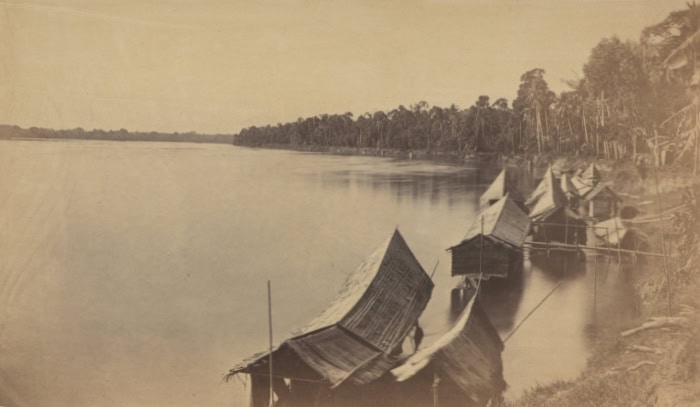
QUICK FACTS OF SUNGAI PERAK
The Perak River, with a length of 400 km, flows from Hulu Perak, originating from the Titiwangsa Range, to its mouth at Beting Beras Basah, where it meets the Strait of Malacca. It is the second-longest river on the Malay Peninsula, only surpassed by the Pahang River.
The Perak River has numerous tributaries, including the Bidor River and the Kinta River. Both of these rivers were well-known for tin mining activities from around 1850 to 1980.

Some facts about the Perak River are as follows:
– Source: Titiwangsa Range
– Mouth: Lower Perak
– Length: 400 km
The Perak River has played a crucial role in the historical development of the state of Perak. The name “Perak” is believed to have been derived from the gleaming silver (Perak means silver in Malay) found in the river. Throughout the valley of this river, it has contributed significantly to human activities for centuries.
Additionally, the Perak River is home to four hydroelectric dams: Bersia Dam, Kenering Dam, Chenderoh Dam, and Temenggor Dam. These dams, situated near Gerik, have harnessed the river’s water for hydroelectric power generation.

A number of towns are on the banks of the river including the royal town of Kuala Kangsar. Most of the settlements in what is today Perak were situated near the river until the 19th century, when tin deposits were discovered elsewhere, most notably Ipoh.
One of the streams that flows into the Perak River is known locally as the Sungai Kangsar (Kangsar River). The portion that enjoins the main Perak River is known as Kuala. Overlooking the river bank there is a hill where the British Resident for Perak resided and appropriately named as Bukit Residen (Residence Hill). During the British occupation the British Resident being Advisor to the Sultan will conduct the Council Meeting with the Sultan and Chieftains from the districts at Bukit Residen. The council meeting was usually a pompous event with Chieftains coming with sailing boats and the Royalty and palace officials came riding on elephants. The subjects camped at the foot of the Bukit Residen for days as the Council Meeting was usually more than three days. For the subjects the Council meeting was a festival where they congregated at river bank. The subjects and locals had free flows of food and cultural activities at the river bank. Thus the local dialects named the confluence of Kangsar River and Perak River as Kuala Kangsar, Kangsar was coined from the word Council and Kuala means confluence of river.




